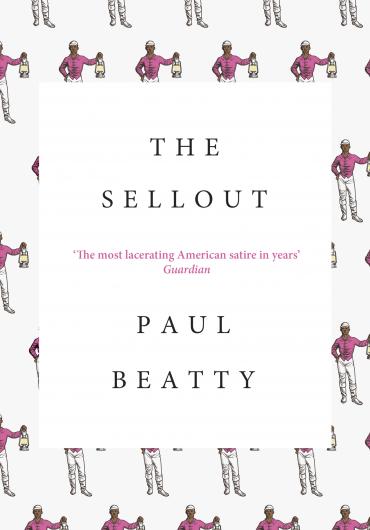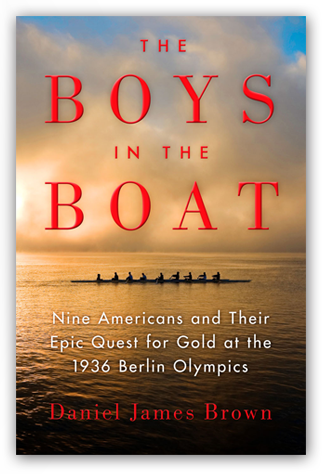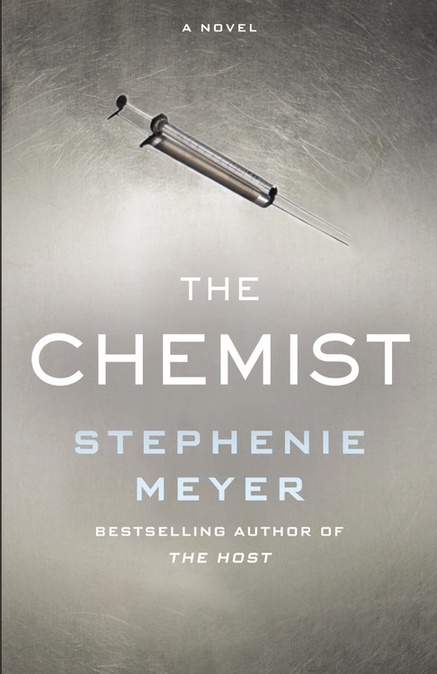 “The Sellout” offers unusual wit and charm
“The Sellout” offers unusual wit and charm
by Alexandra Lee

It is clear why Paul Beatty’s novel, The Sellout, tops 2016 bestseller lists and boasts several prestigious awards. The novel offers a clever and endearing critique on black inner-city society with its humorous wit, sarcasm and charm.
The novel starts off somewhat slowly, allowing the narrator’s comical tone to develop while he explains his unusual childhood as the subject of his father’s psychological “experiments.”
Even when the narrator’s father dies in the beginning of the novel, the witty tone never fades away and instead becomes
stronger as the narrator describes his father’s legacy in the town.
Beatty expertly blends serious topics, like poverty, racism and death, with a constant stream of humorous remarks that keeps the tone fun and interesting. His writing criticizes the differences between Black and White lifestyles with sometimes vulgar language and anecdotes.
This novel, while generally light-hearted, is not for the faint of heart. The writing can sometimes come across as tasteless in the way certain situations are described. However, this all contributes to Beatty’s unique style as a writer and makes The Sellout a satirical masterpiece unlike any other book.
The narrator’s life is filled with out-of-the-ordinary situations that contribute to the book’s comical charm, such as when he attempts to own a fruit and marijuana farm in the middle of urban Los Angeles, and help out an old, once-famous friend by reinstituting fake “slavery” and segregation.
The Sellout is a great read for anyone looking for something slightly unusual, very witty and not 100 percent proper. While sometimes crass, Beatty’s writing is also full of sarcasm, cleverness, and endearing charisma.
“Boys in the Boat” highlights boys’ struggle
by Henry Tantum

Daniel James Brown does an incredible job of virtually recreating the intangible feelings of struggle, joy, and achievement of the improbable in his book “Boys in the Boat.”
The novel, which just last week fell out of its place on the New York Times Bestseller list for Paperback Nonfiction, a position it held for an unprecedented 129 weeks, is the story of an underdog collegiate rowing team fighting for its place in the prestigious rowing community, and serving as a symbol of strength and unity in the face of prejudice and fascism abroad.
Although the central focus of the story is the entire University of Washington rowing team and its journey to the 1936 Berlin Olympics, the most interesting aspects of the novel are the smaller, more intricate details and side stories.
Joe Rantz, a poor country boy from Washington State, is a central character to the story and provides structure for the novel, which follows his journey from a rough upbringing to Olympic glory. By describing the childhood struggles of Rantz, who passed through foster homes with many different caretakers and guardians after his mother’s death, Brown emphasizes the incredible perseverance of the other boys in the boat, a key component in the team’s success.
Another equally important storyline, which takes the focus off the boy’s rowing pursuit, follows the leader of Nazi Germany, Adolf Hitler, as he and his advisors attempt to use the Olympics to gain publicity for their fascist state. This not only gives the American team a greater motivation to succeed in the games, but creates an environment where not only are the boys fighting against the other boats, but against the ideals of Nazi Germany itself.
“Boys in the Boat” does an astounding job of illustrating both the struggle and the feelings of a rowing team, working together as one unit, perfectly in-sync.
“Small Great Things” shows racial disparity
by Sarah Kimball

Written by a privileged white author attempting to write her first novel about racism, Jodi Picoult’s “Small Great Things” highlights an important social topic in a melodramatic and overly-simplified manner.
Ruth Jefferson, the protagonist, has been a nurse for more than 20 years in a primarily White area of Connecticut, where she is the only Black employee. To survive in the White world, Ruth has convinced herself that race doesn’t matter. “I treat people the way I want to be treated,” she says, “based on their individual merits as human beings, not on their skin tone.”
When white supremacists Turk and Brittany Bauer refuse to allow Ruth to care for their newborn, she is shocked. Ruth obeys, but when the baby stops breathing, Ruth is the only person in the room, and she is charged with the child’s death. The predicament allows Ruth to recognize the racism she previously ignored: academic success and the patient who assumes a young white nursing student is Ruth’s supervisor.
The novel is written through the perspective of three narrators, Ruth, Turk, and Ruth’s attorney, Kennedy, a well-intentioned white woman who is forced to face her own internalized prejudice.
The story becomes exaggerated as Ruth quickly moves from color blind to racial-awareness advocate. About halfway through the novel, she firmly rectifies a friend: “Slavery isn’t Black history. It’s everyone’s history,” she tells him. Such a drastic change seems both unrealistic and overly emphasized.
Picoult also often draws a sympathetic picture of Turk despite his racist views. Although I understand Picoult’s intentions of exploring the idea that even the most despicable beliefs can have roots in powerful emotions such as fear or anger, the description of his character seems inappropriate.
While “Small Great Things” is definitely a novel that allows for the exploration of racism, it is important to recognize the novel’s sensationalized aspects to best understand the realistic presence of racism in our own community.
“The Chemist” revamps Meyer’s writing style
by Christine Watridge

Despite my initial apprehension towards reading another Stephenie Meyer novel, as her “Twilight” saga frustrated me with the protagonist’s meekness and rather formulaic vampire plot, her newest work, “The Chemist,” proved to be an enthralling read.
“The Chemist” is Meyer’s second adult novel after “The Host,” and diverges from her usually supernatural storylines.
Alex, the main character’s pseudonym, is on the run from her past employer, the U.S. government.
Formerly an interrogator known as the Chemist due to her use of injections as a torture method, Alex is careful, clever and cold. She is comfortable off the grid, moving from city to city, disguising herself as a business woman one day and a moody teenager the next.
When an opportunity arises to clear her name, Alex must confront her fears of betrayal and death head on.
In this fast-paced action thriller reminiscent of James Bond and Jason Bourne, I was constantly on my toes, waiting for the next plot twist to reroute the story. The appearance of formidable weapons, an ingeniously-trained dog and an enormous bulletproof Humvee are more than enough to keep you on the edge of your seat.
While the danger and thrill were compelling, the addition of a love story added little to story and instead distracted me.
It felt unnecessary and improbable that Alex, a guarded fugitive, could fall in love with someone after only a few days.
Although most of the book was riveting, the beginning of the story was confusing and it took me a while to become immersed.
It wasn’t until a few chapters in that the plot clicked into place. After that, however, it was definitely a page-turner; I spent four straight hours absorbed in the book!
Another aspect of this novel that appealed to me was the strong female narrative. Alex isn’t afraid to take charge and fight her own battles, instead of letting men take over, as Bella did in “Twilight.”
“The Chemist” proves that in the thriller-spy genre, female leads are just as badass as men, making the novel a must-read.






